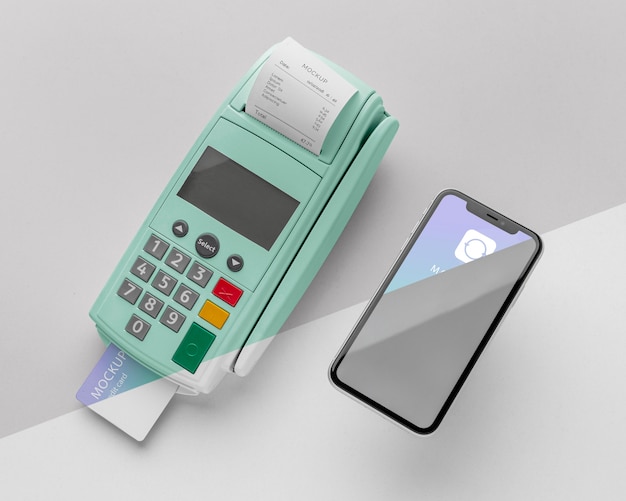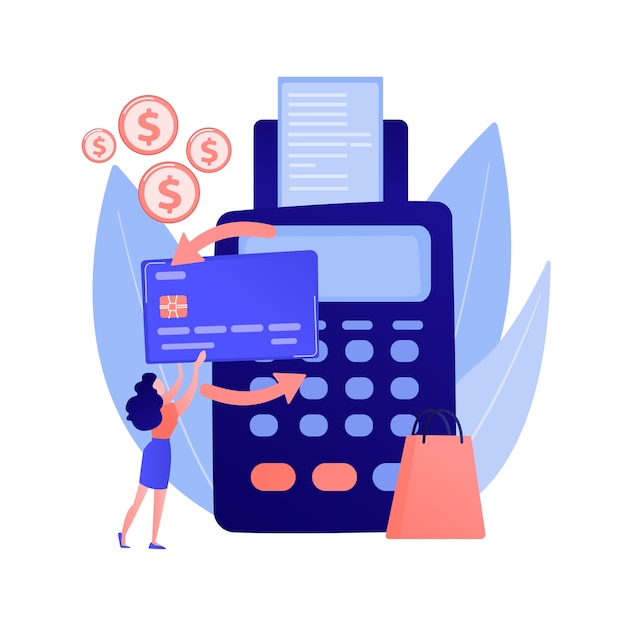Understanding e-Payment System
Every one of us has, at some point, purchased products and services online and paid for them electronically or through an e-payment mechanism, in which the transaction is conducted electronically rather than with checks or cash. Known by several names, e-payment or online payment gateway for business includes a variety of payment mechanisms such as credit and debit cards, net banking, or IMPS.
The expansion and growth of the electronic payment system have emerged in the previous decade and may be linked to the growing internet speed and technology, which has indefinitely pushed people toward online buying and internet-based banking services, therefore lowering total cash usage.
With an increasing number of consumers opting to pay via online transfers and businesses selling over the internet, removing cash payments will undoubtedly drive us into a future of globalization in which cash will be obsolete.

How does the e-payment system work?
Electronic payments are fast and hence convenient, saving a significant amount of time. How quickly, with the touch of a mouse, you can pay for your favorite clothing, purchase groceries, or make an online reservation. Even though all of this happens in a matter of seconds, the procedure is extremely extensive.
Customer Action: The electronic payment journey begins when a consumer visits a merchant's website, adds items or services to their shopping basket and hits the checkout button. Following that, the consumer selects his chosen method of payment and enters his banking or credit card information. The consumer is subsequently routed to the bank's payment page to complete the transaction.
Payment Authentication and Authorization by the Operator: When the consumer completes the payment, the payment gateway for business, together with the other parties involved, authenticates that the payment information supplied is correct. When the correct information is entered, the payment gateway sends a successful transaction message back to the consumer, alerting them of the payment confirmation in real-time.
Payment Settlement in Merchant’s Account: When the transaction is completed, the Online payment provider gets money from the customer's bank account and sends it to the Merchant's account.
Methods of e-Payments
Card Payment System: Card payment systems involve making payments online or via an electronic device and require the use of a credit or debit card provided by a financial institution to the cardholder.
Net Banking or Internet Banking: The net banking system entails the digital transfer of monies to one another through the internet without the need to physically visit the bank or any of its branches. IMPS, RTGS, and NEFT are a few examples of net banking methods.
E-wallet: An e-wallet is a prepaid type of account that stores the user's financial data, such as debit or credit card information, in order to make electronic payments.
Smart card: A smart card is a plastic card that has a microprocessor chip and may be loaded with cash to make transactions secure and easy.
Direct Debit: Direct Debit is a banking arrangement that allows a third party to electronically transfer money from a person's account on an agreed date for an agreed sum to pay for goods or services.
Stored-value card: This card requires a specific amount of money to be saved on the card ahead of time and can be used to make a purchase at the issuer's business. Gift cards are a common type of stored-value card.
UPI or Unified Payments Interface: UPI is an instant, real-time payment system established by the National Payments Corporation of India that allows for inter-bank transfers of monies on a VPA and is protected by an MPIN.
QR (Scan and Pay): QR, or Quick Response Code, is a machine-readable code consisting of a matrix of dots in a black and white square that can be scanned by any mobile banking app to process and distribute payments.

Why use an Electronic Payment System?
The e-payment system has taken the financial sector by surprise in ways that no one could have predicted. With the increasing popularity of online shopping, electronic payments have become a necessity for customers who purchase online, making shopping and banking services more convenient than ever.
Here are some of the main advantages of accepting e-payments for merchants:
When merchants or online shoppers advertise or support e-payments on their websites, they may reach out to more prospects from all over the world, resulting in greater sales and income growth.
The e-payments system is a channeled and systematic structure of money collecting in which transactions and business payment processing take place in minutes, with great speed and accuracy.
Another feather in its cap is convenience. Customers may now shop and bank at any time of day or night, thanks to the availability of an internet connection.
Lower transaction costs and lower technological expenses simply contribute to the business's earnings and promote regular product reductions, which leads to bulk purchases by customers.
E-payment gateway providers provide strong security and anti-fraud measures to make transactions more dependable, safe, and secure for both merchants and customers!
E-payments are regarded as one of the quickest and most secure alternatives to traditional business payment processing such as cash and checks. Accepting electronic payments has several advantages for both retailers and customers since it is very effective for international transactions and is relatively less expensive.
Post Your Ad Here
Comments